HVAC Care Solutions has extensive experience in handling Commercial / Industry Turnkey Projects and has now diversified its activities in IT / Techno Parks, multiple shopping malls, star hotels, clean room etc.
In recognition of the crucial role played by effective repair & maintenance in assuring plant integrity, HVAC provides a comprehensive repair & maintenance service to the complete range of HVAC and refrigeration plant & equipment.
The company has well qualified trained service engineers and technicians to back our installations and provide effective after sales service to our customers.
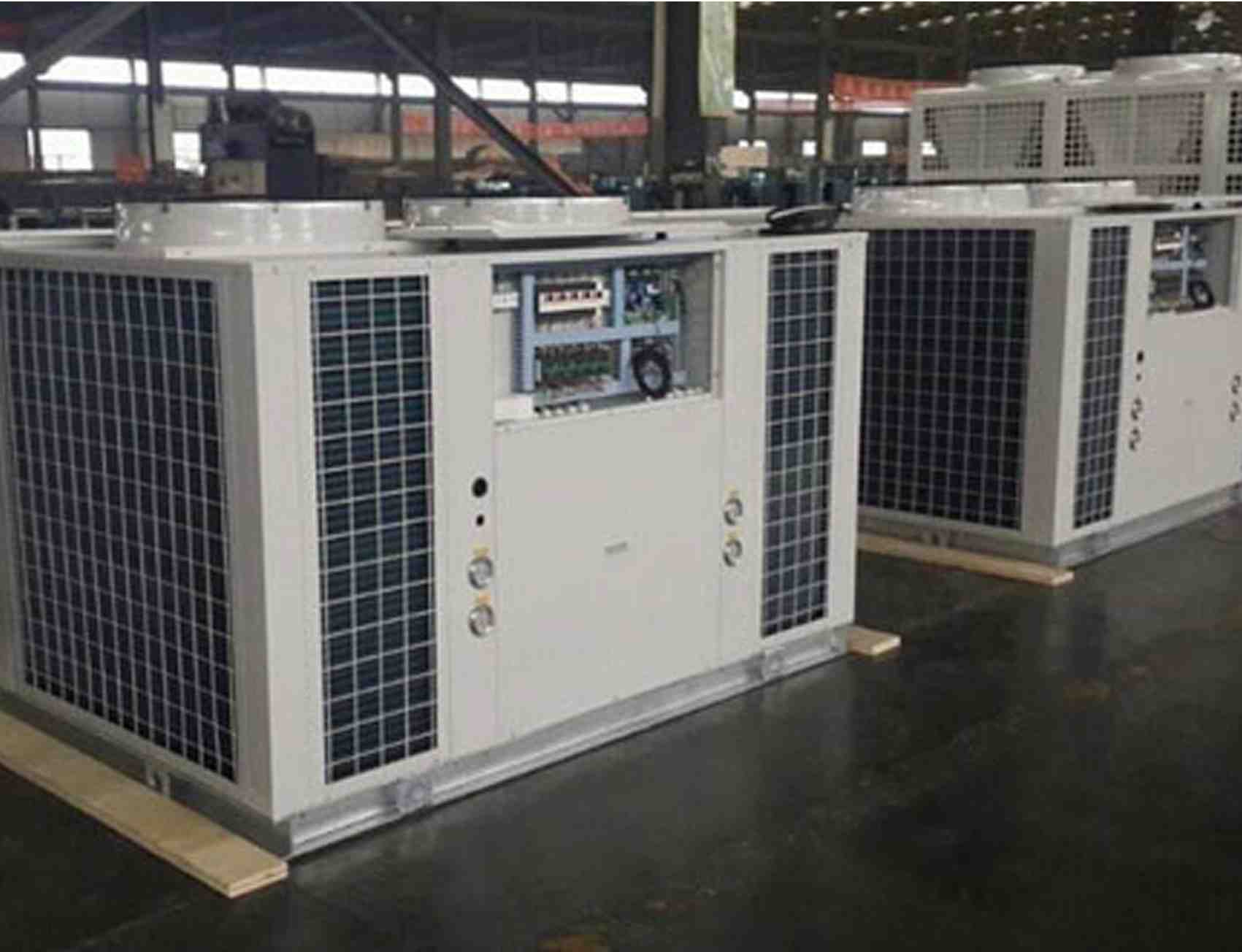
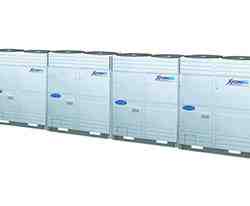
VRV stands for “Variable Refrigerant Volume,” while VRF stands for “Variable Refrigerant Flow”.VRV is term copyrighted by Daikin, one of the true industry leaders in HVAC equipment and technology. VRF refers to the same basic technology used in those systems manufactured by other companies—Fujitsu, for one, makes some great variable refrigerant flow systems.
Let’s consider how it is that a typical split central air conditioner operates in order to cool an area. Refrigerant is evaporated in the indoor evaporator coil, and that allows it to draw heat out of the air passing through it. The hot refrigerant then goes outside, where it is compressed and its heat is released. Meanwhile, your air handler goes about distributing the cooled air throughout the house.
However, most homes are not one big, open space. While ductless AC systems and zone controlled central systems are available in order to help with the challenges that uneven temperatures throughout homes create, the VRF/VRV system really takes it to the next level. These systems not only use multiple indoor units installed throughout the house, but also modulate their refrigerant flow to meet the unique needs of each specific area.
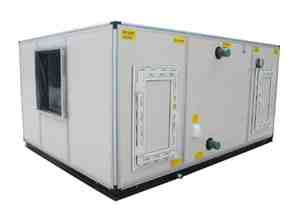
The definition of air handling unit from ANSI/AHRI Standard 430-2009 states that it is “A factory-made encased assembly consisting of a fan or fans and other necessary equipment to perform one or more of the functions of circulating, cleaning, heating, cooling, humidifying, dehumidifying and mixing of air”
The AHU is used to control the following parameters of the space.
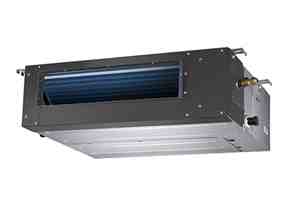
A ductable air conditioner is a split air conditioner in which conditioned air from the indoor unit is passed into the room using circular/ oval/ rectangular ducting. Ducting is fabricated either using galvanised steel or pre-insulated boards, or fabric.
A ductable air conditioner is normally installed either above the conditioned room or outside. Return air is collected from the room and is passed back to the air conditioner. The space where the air is conditioned and the room are always kept air tight except for some measured volume of fresh air which is needed based on defined ventilation standards.
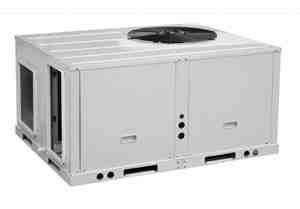
Package air conditioner is a bigger version of the window air conditioner. However, unlike window air conditioner or PTAC units, it has a higher cooling or heating capacity and is usually able to cool an entire house or a commercial building. The nominal capacities ranges from 3 tonne to 15 tonne.
The conditioned air are transferred to the space to be conditioned through ducting which is usually hidden in the ceiling and wall of the building. The unit is placed outside the house, a special room in a building or even on top of a roof. This unit is factory assembled and skilled technicians are needed to install this type of unit.
Protection devices such as High/Low pressure switch, overload relays for all motors, water flow and air flow switches are included in the units. The compressor have winding protection thermostat built into the winding to disconnect the circuit in the event of overheating.
There is an interlocking circuit with the evaporator fan motor starter to ensure that the compressor can only start if the fan motor is running.
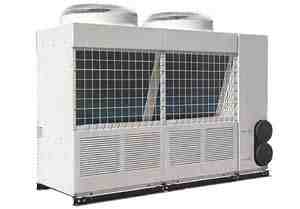
A chiller is a machine that removes heat from a liquid via a vapor-compression, Adsorption refrigeration, or absorption refrigeration cycles. This liquid can then be circulated through a heat exchanger to cool equipment, or another process stream (such as air or process water). As a necessary by-product, refrigeration creates waste heat that must be exhausted to ambience, or for greater efficiency, recovered for heating purposes.Vapor compression chillers may use any of a number of different types of compressors. Most common today are the hermetic scroll, semi-hermetic screw, or centrifugal compressors. The condensing side of the chiller can be either air or water cooled. Even when water cooled, the chiller is often cooled by an induced or forced draft cooling tower. Absorption and adsorption chillers require a heat source to function.
Chilled water is used to cool and dehumidify air in mid- to large-size commercial, industrial, and institutional facilities. Water chillers can be water-cooled, air-cooled, or evaporatively cooled. Water-cooled systems can provide efficiency and environmental impact advantages over air-cooled systems.
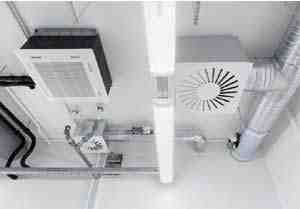
Ducts are conduits or passages used in heating, ventilation, and air conditioning (HVAC) to deliver and remove air. The needed airflows include, for example, supply air, return air, and exhaust air. Ducts commonly also deliver ventilation air as part of the supply air. As such, air ducts are one method of ensuring acceptable indoor air quality as well as thermal comfort.
A duct system is also called ductwork. Planning (laying out), sizing, optimizing, detailing, and finding the pressure losses through a duct system is called duct design.
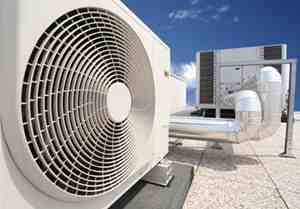
Heating, ventilation, and air conditioning (HVAC)[1] is the technology of indoor and vehicular environmental comfort. Its goal is to provide thermal comfort and acceptable indoor air quality. HVAC system design is a subdiscipline of mechanical engineering, based on the principles of thermodynamics, fluid mechanics and heat transfer. “Refrigeration” is sometimes added to the field’s abbreviation, as HVAC&R or HVACR or “ventilation” is dropped, as in HACR (as in the designation of HACR-rated circuit breakers).
HVAC is an important part of residential structures such as single family homes, apartment buildings, hotels and senior living facilities, medium to large industrial and office buildings such as skyscrapers and hospitals, vehicles such as cars, trains, airplanes, ships and submarines, and in marine environments, where safe and healthy building conditions are regulated with respect to temperature and humidity, using fresh air from outdoors.
Ventilating or ventilation (the “V” in HVAC) is the process of exchanging or replacing air in any space to provide high indoor air quality which involves temperature control, oxygen replenishment, and removal of moisture, odors, smoke, heat, dust, airborne bacteria, carbon dioxide, and other gases. Ventilation removes unpleasant smells and excessive moisture, introduces outside air, keeps interior building air circulating, and prevents stagnation of the interior air.
Ventilation often refers to the intentional delivery of the outside air to the building indoor environment. It is one of the most important factors for maintaining acceptable indoor air quality in buildings. Methods for ventilating a building are divided into mechanical/forced and natural types.
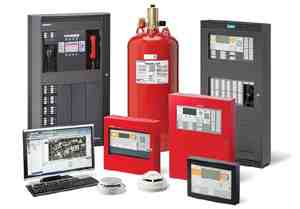
A fire fighting system is probably the most important of the building services, as its aim is to protect human life and property, strictly in that order. It consists of three basic parts: a large store of water in tanks, either underground or on top of the building, called fire storage tanks.
A fire alarm system has a number of devices working together to detect and warn people through visual and audio appliances when smoke, fire, carbon monoxide or other emergencies are present. These alarms may be activated automatically from smoke detectors, and heat detectors or may also be activated via manual fire alarm activation devices such as manual call points or pull stations. Alarms can be either motorized bells or wall mountable sounders or horns. They can also be speaker strobes which sound an alarm, followed by a voice evacuation message which warns people inside the building not to use the elevators. Fire alarm sounders can be set to certain frequencies and different tones including low, medium and high, depending on the country and manufacturer of the device. Most fire alarm systems in Europe sound like a siren with alternating frequencies. Fire alarm electronic devices are known as horns in the United States and Canada, and can be either continuous or set to different codes. Fire alarm warning devices can also be set to different volume levels.
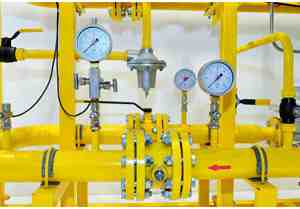
LPG cylinders are stored in a cylinders bank at the ground level and the regulators are installed in all the apartments. Special protected devices are installed in Gas bank. The system has multiple pressure regulation stages to supply LPG to user at low pressure and to make the system safer.
Great, professional people. Everyone I spoke with was very polite and easy to deal with. Very knowledgeable of every aspect of what we needed. I would recommend HVAC Care Solutions to anyone. They are top notch.